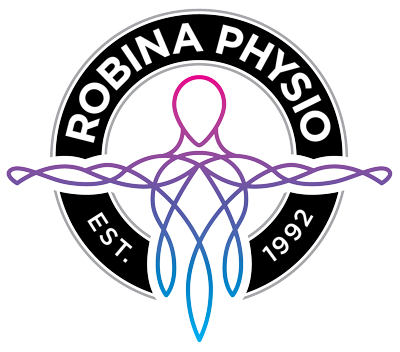Neck Pain
Neck Pain
By Aaron Woolley, Physiotherapist.
Neck pain (NP) is a prevalent condition that affects a significant portion of the global population. Studies suggest that approximately two-thirds of the population will experience neck pain at some point in their lives. The prevalence of NP varies across different studies, with mean reported estimates indicating 7.6% for point prevalence and 48.5% for lifetime prevalence. This condition is more commonly observed among women, individuals suffering from anxiety or depression, and office workers with poor ergonomic positions. To effectively address neck pain, it is crucial to understand its anatomy, potential causes, and available physiotherapy treatments.
Anatomy of the Neck
The neck is a highly complex structure composed of bones, joints, muscles, tendons, ligaments, and nerves. It consists of seven bones, C1 to C7, which make up the cervical vertebrae. These bones articulate with each other with the intervertebral disc at the front and facet joints at the rear.
There are numerous large and powerful muscles supporting the neck, including the trapezius, sternocleidomastoid, levator scapulae, splenius capitis and cervicis and deep neck flexors. These muscles facilitate gross motor movements in the neck as well as provided postural control and support. Any condition involving these muscles and tendons can be a strong pain generator and severely impact cervical spine mobility.
The cervical spine nerves, a set of eight nerves (C1 to C8), provide functional control and sensation to various body parts based on their respective spinal levels. Compression or irritation of these nerves can lead to pain and tingling sensations, often felt in the upper limb or shoulder girdle.
Common Causes of Neck Pain
- Muscle Pain: Overuse of neck muscles due to poor posture, prolonged sitting, or incorrect ergonomics is a leading cause of neck pain. Strained neck muscles can be painful and restrict motion.
- Muscle Imbalance: Focusing excessively on training the upper trapezius muscles, neglecting the lower and mid traps, may lead to overstimulation of the upper traps, resulting in neck pain.
- Osteoarthritis: As we age, the neck’s joints can become worn down, leading to conditions like osteoarthritis. Deterioration of cartilage between vertebrae and the formation of osteophytes can impact range of motion and cause pain.
- Nerve Compression: Herniated disks or osteophytes in the vertebrae can press on the nerves branching out from the intervertebral foramen, causing pain and discomfort.
- Injuries: Motor vehicle accidents and sporting injuries, especially those resulting in whiplash, can strain the soft tissues of the neck, leading to pain and reduced mobility.
- Diseases: Certain diseases like rheumatoid arthritis, meningitis, or cancer can also contribute to neck pain.
Managing Neck Pain
At Robina Physio on the Gold Coast, we offer effective strategies for managing neck pain and improving the overall health of the neck and surrounding structures. Here are some essential physiotherapy techniques:
- Therapeutic Exercises: A physiotherapist can design a personalised exercise programs to strengthen weak neck muscles, improve flexibility, and correct muscle imbalances. These exercises may include neck stretches, range of motion exercises, and strengthening routines.
- Manual Therapy: Hands-on techniques, such as massage, joint mobilisation, and trigger point therapy, can help alleviate muscle tension and therefore pain and mobility.
- Postural Correction: Proper posture can play a crucial role in reducing pain. A physiotherapist can assess your posture and provide guidance on maintaining correct alignment during various activities.
- Ergonomic Recommendations: For office workers, optimising workspace ergonomics is essential. A physiotherapist can suggest adjustments to your workstation setup to reduce strain on the neck and promote better posture.
- Heat and Cold Therapy: Applying heat or cold packs to the affected area can help reduce inflammation, relieve pain. If you have a spasmed muscle, opt for heat most of the time.
- Dry Needling and Acupuncture: Dry needling has been shown by research and in the clinical setting to be highly effective for managing pain. The main aim of this technique is to release your tight muscles and restore pain free range of motion as quick as possible.

Neck pain is a prevalent condition that can significantly impact an individual’s quality of life. With the help of a skilled physiotherapist, like those at Robina Physio on the Gold Coast, you can implement a personalised treatment plan to alleviate your symptoms, improve mobility, and prevent future occurrences of neck pain.
The Physiotherapists at Robina Physio on the Gold Coast are experts with additional training in the management of neck pain and dysfunction. If you’re struggling with neck pain please don’t hesitate to Contact Us on (07) 5578 7233 or BOOK ONLINE.



